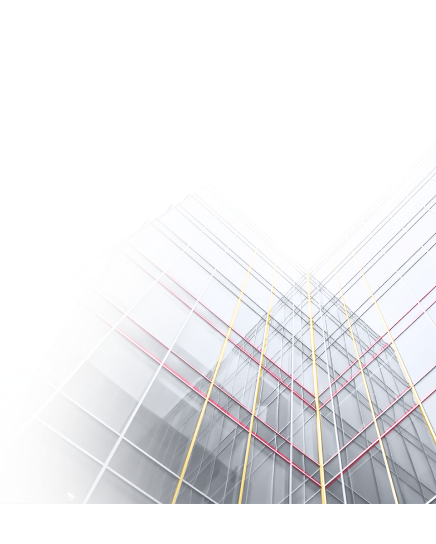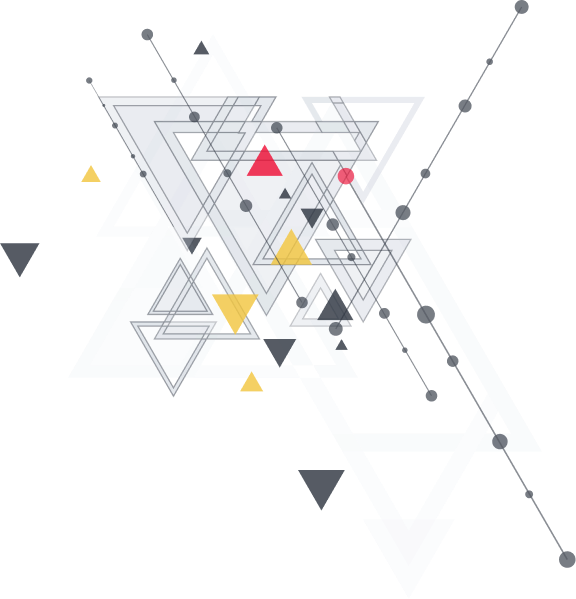As most of us have realized at some point in our lives maintaining a balanced diet can be a challenge. And it’s not just on a personal level. In 2022, a huge number — 2.5 billion grown-ups aged 18 and up — were dealing with extra weight. About 890 million of them had obesity, with different parts of the world having different rates of overweight people, from 31% in places like Asia and Africa to 67% in the Americas.
So it is no surprise that various nutrition and dietary software are thriving: the user penetration is estimated to be 4.40% in 2024 and is expected to increase to 5.15% by 2028. The average revenue per user (ARPU) is projected to be US$40.69.
How does nutrition software work?
Nutrition software helps users lose weight, manage chronic conditions, and understand dietary patterns. It improves self-monitoring, goal setting, and knowledge about one’s body. All of this is crucial in changing behavior in the long term.
Where dietary advice can be conflicting and overwhelming, nutrition software provides individuals with the tools needed to make informed choices about their nutrition. In most cases, the functionality of nutrition software revolves around tracking the user’s food intake, planning their balanced meals tailored to their goals and dietary requirements, and gaining insights into their nutritional status. Some examples include MyFitnessPal (mobile and web nutrition tracking platform), Fooducate (nutrition app), and Cronometer (nutrition web-based platform).
There are also types of nutrition software aimed at doctors and nutritionists. With the help of such platforms, various health professionals can monitor client’s dietary intake, provide personalized recommendations, and track progress toward health goals. For example, Nutrium ― a solution that includes one-on-one appointments with clients, showcookings, body assessments, a mobile app with challenges, and so much more. There is also Nutritionist Pro™: a software application for food nutrition labeling, diet analysis, and menu creation that is used by food professionals.
Decided to create something similar? In this article, we’ll go through the main steps of building beneficial and effective nutrition software.
How to build nutrition software?
-
Define your target audience
To build successful nutrition software, you need first to identify the target audience and understand the specific needs your solution will be solving.
The target audience for nutrition software can vary and may include:
-
Individuals looking to balance their food intake
Individuals looking to improve their overall health through managing their food intake, managing weight, and addressing specific dietary concerns (such as allergies or intolerances).
-
Healthcare professionals
Dietitians, nutritionists, doctors, and other healthcare providers who use nutrition software as a tool to assess and monitor their clients’ dietary intake, provide personalized recommendations, and track progress toward health goals.
-
Fitness enthusiasts
Athletes, gym-goers, and fitness enthusiasts who rely on nutrition software to support their training goals, optimize performance, and track macros and micronutrients.
-
Food industry professionals
Professionals in the food industry, including chefs, food scientists, and product developers who may use nutrition software for recipe analysis, menu planning, and product formulation.
Defining your target audience will determine the features and capabilities of the software.
-
Determine user requirements
After choosing your users, it’s time to find out their requirements for such a solution. While some developers decide for the users, we highly advise conducting thorough research before starting the development.
Here are some ways to determine user requirements:
-
Surveys
Conduct surveys targeting potential users to gather insights into their habits, preferences, pain points, and expectations from a nutrition app or platform. Surveys can be distributed through various channels such as social media, email newsletters, and online forums.
-
Interviews & focus groups
Conduct one-on-one interviews and focus groups with individuals representing different segments of the target audience to understand users’ needs, challenges, and desired features better. These methods can provide valuable qualitative data that may not be captured through surveys alone.
-
Market research
Analyze existing nutrition software in the market to identify gaps and opportunities. Explore user reviews, ratings, and feedback to gain insights into what users appreciate and what they find lacking in current solutions.
-
Prototype testing
Develop prototypes or mockups of the nutrition software and conduct usability testing with potential users to gather feedback on the app’s functionality, ease of use, and relevance to their needs.
-
Choose the right technology stack
Selecting the appropriate technology stack is crucial for the successful development of a nutrition software solution. You’ll need to evaluate programming languages and frameworks suitable for the project, consider the strengths, weaknesses, and appropriateness of programming languages, and choose technologies that enable scalability to accommodate potential growth in user base and data volume. As nutrition can be a sensitive topic, it’s important to prioritize security in your development. Implement encryption protocols to protect user data and comply with regulations such as GDPR and HIPAA.
If your in-house team lacks experience and knowledge in developing such products, consider outsourcing your project to Elinext. We have several decades of experience in developing health solutions, including various nutrition solutions.
-
Design user-friendly interface
For nutrition software, consider a clear and minimalistic design. The main thing about your design should be intuitive navigation: organize the interface logically, use familiar design patterns, and ensure the app or web solution is responsive and adapts seamlessly to various screen sizes and devices.
Your solution will likely have charts, graphs, and other visual representations of nutritional information. Allow users to visualize information in different ways, play with formats, and search with ease ― for example, if they need a recipe or a meal plan.
-
Implement features
Your exact features will depend on the results from your previous steps, as well as your overall idea for the solution. Your chosen features might require some of the following actions:
-
Food database
A comprehensive database containing nutritional information for a wide variety of foods, including macronutrients (carbohydrates, proteins, fats), micronutrients (vitamins, minerals), calories, and serving sizes.
-
Meal tracking
Functionality to track food intake throughout the day, allowing users to log meals and snacks and monitor their nutritional intake in real-time.
-
Nutrient analysis
Tools to analyze the nutritional content of meals and recipes: macronutrient and micronutrient balance, calorie count, and other key nutritional parameters.
-
Meal planning
Features to plan meals based on dietary goals, preferences, and nutritional requirements. This may include meal suggestions, recipe recommendations, and customizable meal plans.
-
Barcode scanning
Integration with barcode scanning technology to quickly and accurately input nutritional information from packaged food products into the software.
-
Allergen tracking
Functionality to track allergens and dietary restrictions, allowing users to identify and avoid foods that may trigger allergic reactions or adverse health effects.
-
Physical activity tracking
Integration with fitness trackers or exercise apps to include physical activity data and provide a comprehensive overview of energy balance and overall health.
-
Progress tracking
Features to track progress toward health and fitness goals, including weight management, body composition, and other relevant metrics.
-
Nutrition education
Access to educational resources, articles, recipes, and tips on nutrition and healthy eating habits to empower users with knowledge and support their wellness journey.
-
Reporting and analysis
Tools to generate reports, charts, and graphs summarizing nutritional intake, trends, and progress over time for self-assessment and sharing with healthcare professionals or nutritionists.
-
Community and social features
Integration with social networks or online communities to connect with peers, share experiences, and support each other in achieving health and wellness goals.
-
Booking online appointments
One-on-one appointments with clients, which might include integrations with calendar apps and communication platforms.
-
Test rigorously!
Thorough testing is essential to ensure the functionality, usability, and security of nutritional software. Gather feedback from beta testers and iterate the solution based on findings.
Wrapping up…
Creating nutritional software is all about helping people make healthier food choices easily, as well as helping health professionals and nutritionists work with people and their food intake challenges.
Developers need to make sure the software is easy to use, helps people achieve their nutritional and health goals, and keeps people’s information safe. For inspiration, nutritional software founders can look at popular apps like MyFitnessPal and Lose It! (for regular people), Nutrium (for health professionals), and Nutritionist Pro™ (for nutritionists).
If your project is ambitious and your experience is limited, we highly recommend contacting Elinext for help with outsourcing development. Our team of highly skilled and experienced programmers is waiting eagerly for your project!









